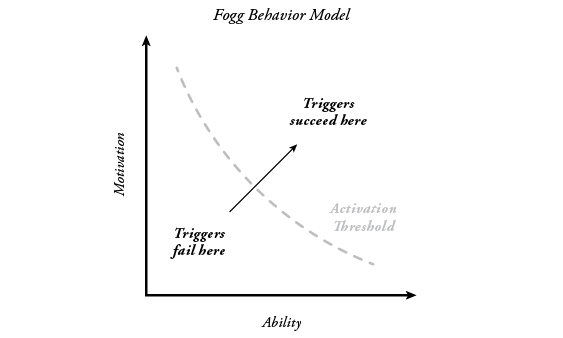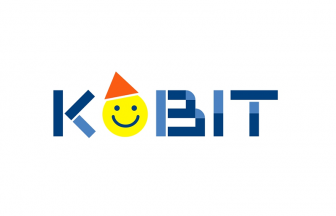By Arun Mani – Web Analytics Master
Digital Marketing to a large extent involves persuading strangers to carry out an action or a set of actions. In this blog we will look at the act of Persuasion from three different viewpoints: the human behavior perspective, digital world perspective and mobile app perspective.
In the human perspective we will cover a very small area. It is the concept of “Commitment and Consistency.” When a person commits to something or takes a stand on an issue, then their follow up behavior tends to be consistent with the stand they have taken.
A real world example will help to clarify this concept a bit further. In the 1950s the Korean War took place between the U.S.A./South Korea and China/North Korea. As is routine in war, American prisoners were captured by the Chinese and placed in prisoner war camps. After the war, psychologists discovered something troubling about a large percentage of American Prisoners. The Chinese modified the behaviors of these prisoners to such an extent, wherein the prisoners collaborated with the Chinese in preventing fellow American prisoners to escape. The Chinese did this through the technique of “Commitment and Consistency.” The Chinese did not use physical force.
The Chinese would try to get American Prisoners of War to commit to small requests made by them. Over time, these requests would change to larger requests. I will illustrate with an example.
The Chinese would start with innocuous looking statements like “The U.S.A. is not perfect” Or “In a communist country unemployment is not a problem”. Prisoners were asked what their thoughts were with respect to these statements. Prisoners would then be asked to show ways why the U.S.A. is not perfect. Soon the commitment requests from the Chinese would extend to writing opinions down. For example, the prisoners would be asked to write down a list of problems with America and then sign their name on the list. Slowly the requests from the Chinese would get more involved. At this point, prisoners would be asked to write an essay discussing the problems with America in detail. Finally, the Essay along with the prisoner’s name would be used in an anti-American broadcast to other Prisoner of War camps and also Americans in South Korea. At this point, the prisoner would be labelled a collaborator.
Aware that he had complied with the requests without coercion, a prisoner would change his image to be consistent with the label “COLLABORATOR”.
Now onto the digital perspective of persuasion. Professor BJ Fogg from Stanford University has come out with a model for behavior that is useful in the digital world. The model covers three aspects: Motivation, Ability and Triggers.
In this model, three things are needed for a behavior of a person to occur. The person needs strong motivation, the person needs the ability to do the behavior and the person needs a trigger or reminder. Let us look at some examples from the real world.
Why is Twitter still popular with a large number of users? We can look at Twitter from the Fogg behavior model perspective. It does not require great ability or a great amount of knowledge to use, i.e. it is simple to use. There are triggers for Twitter present throughout the web – these are the twitter icons embedded in a large number of web pages. In addition, a substantial amount of people like to share information, be it links to articles, links to photographs, quotes, etc. The motivation aspect is clearly present.
Facebook is another example. Triggers being used by Facebook in a consistent manner. Email reminders to log into your account, email reminders to indicate you were tagged in a photograph. All these emails are triggers that are used to lure users to login into their Facebook account. In terms of human interaction, Facebook is very straightforward to use. A person does not need extra knowledge to use Facebook. Why are regular users motivated to use Facebook? A large factor is social proof. Users see other users using Facebook and as a result also want to use it. These users do not want to be regarded as outcasts.
Finally, I’ll cover persuasive design in mobile applications. I’ll briefly go over some basic techniques with a very brief overview of each technique.
The first technique is called Reduction. The basic rational with Reduction in mobile apps is: Don’t design complex tasks into your app. Make tasks in your mobile app easy to perform. A simple example is the one step checkout feature from Amazon. Although the one step checkout feature originated on the web, the same basic idea of minimizing complex tasks is especially applicable to mobile applications.
Tunneling involves creating simple steps to carry out a task. For example, in a running app, you the user are walked through a series of steps to set up your running goals.
Tailoring is a method wherein relevant information is presented at the appropriate time to the users of your app. Example: In a running app, depending on your goals, the app will automatically create a running plan for you.
Use the persuasive principle of Suggestion to let users of your app know how they can change their behavior. Ideally this happens at very specific moments. Example: Smoking cessation apps.
Self-monitoring allows users to monitor their own progress in achieving a goal. Example: Running apps, health apps
Surveillance allows users to monitor and observe behavior and attitudes of another party. Example: Security apps
Conditioning involves providing positive and negative reinforcement to change user behavior. Example: Educational apps where the user gets the wrong or right answer.
In conclusion, I have covered the art of Persuasion from three different perspectives: the human, digital and mobile perspectives. This field is very broad and deep and I have just scratched the surface.
 Login as
Login as



































;>/img/banner/partner $url=>$index; .png)